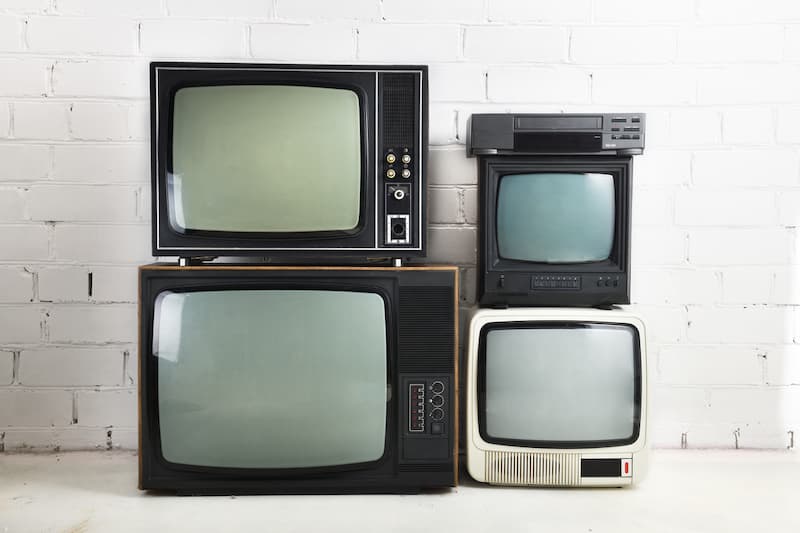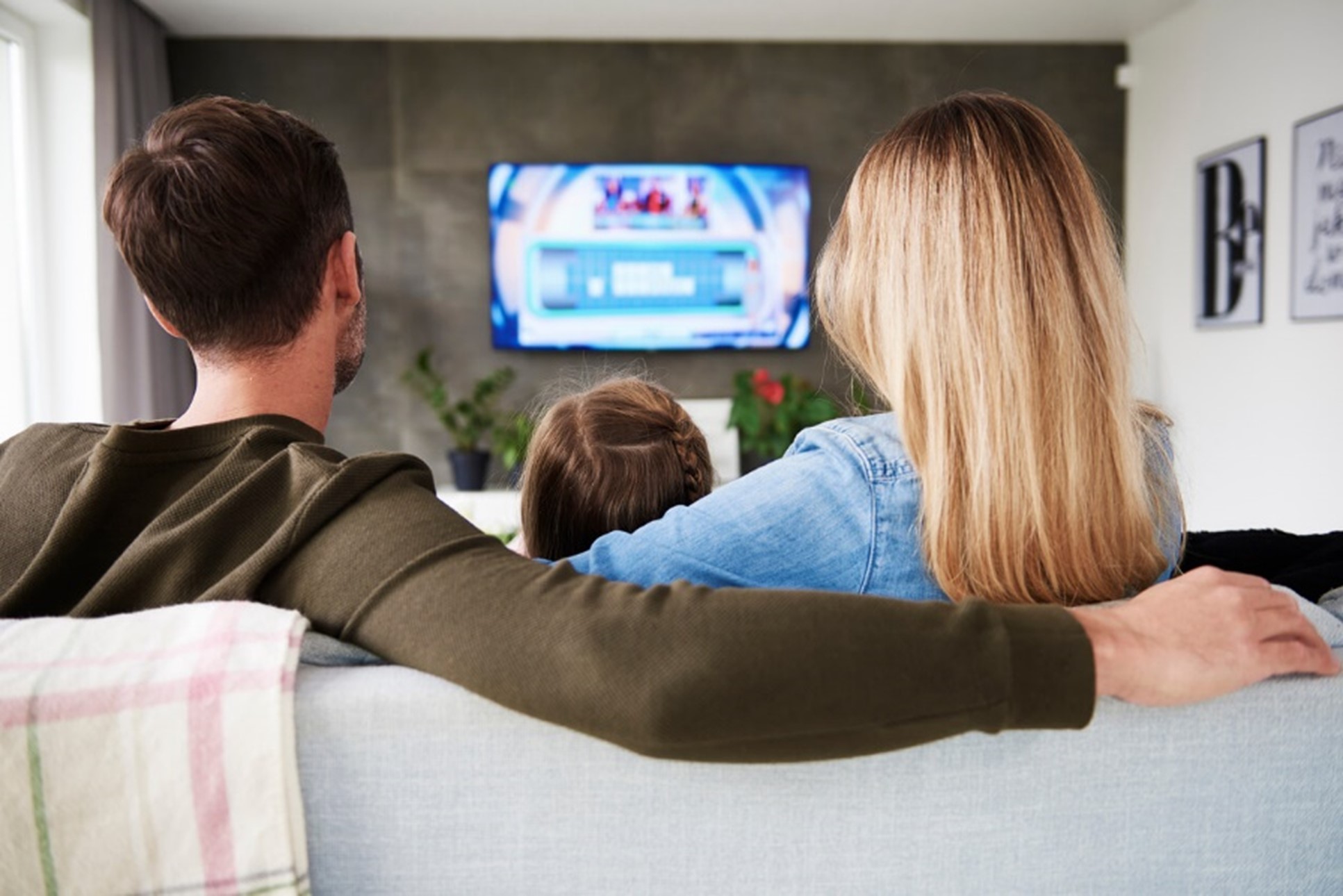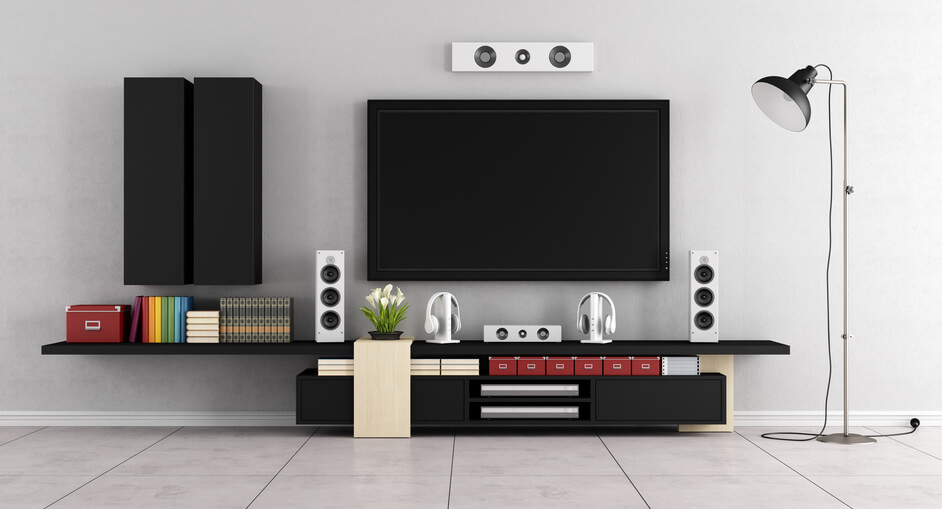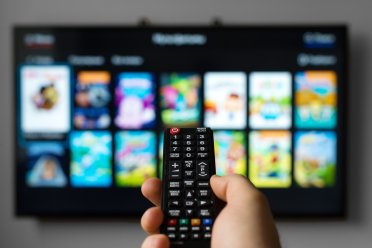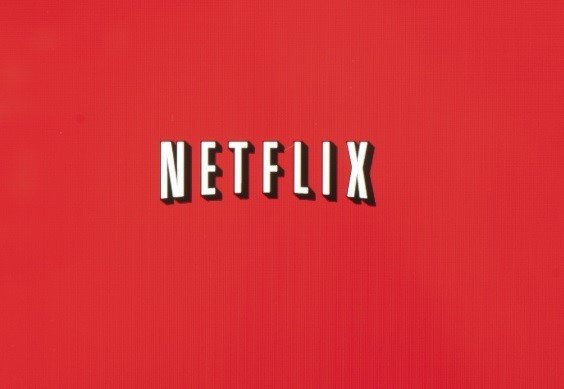Picture this: you’re settling down for a movie night. The screen flickers, and the stunning visuals on your screen transport you to another world. Sounds unbelievable, right? Thanks to the rapid evolution of television technology, this immersive experience is no longer a luxury reserved for the wealthy.
With a wide range of cheap LED TVs now available, everyone can enjoy the magic of high-quality visuals and cutting-edge features. Today, we’ll take a deep dive into the fascinating world of television, exploring its history of how TVs have become the innovative devices they are today.
TVs in the 70s
The 1970s was a period of change in the design of television sets. The first colour sets were introduced, and the size and shape of the screen changed. Instead of being built into bulky wooden furniture, technological advancements made them much more portable as separate units.
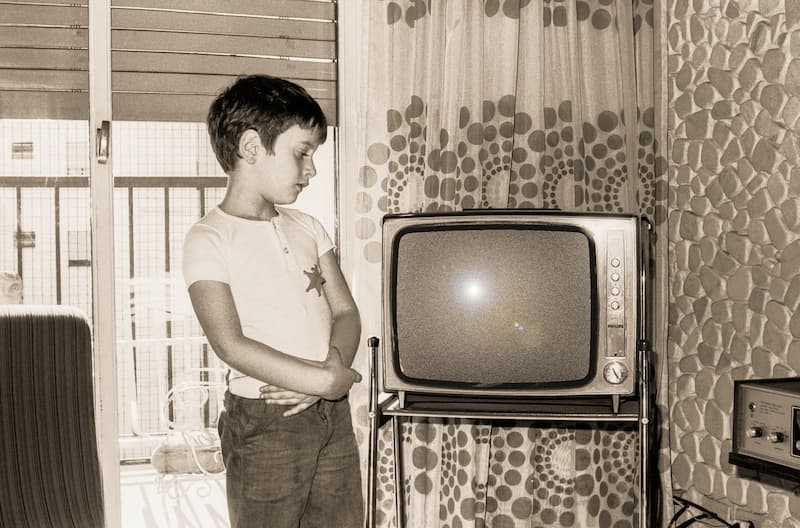
In the early 1970s, there were two main types of TV – black and white and colour. However, it wasn’t until the end of the decade that the colour TV became accessible to the average household.
The first colour TV was made by Philips in 1953, but it took a while for colour broadcasting to become popular. When it did, the first colour set sold for £1,000 (around £10,000 today). The first colour TV sets were introduced in the UK in 1967, with all significant manufacturers offering them by the end of that year.
TVs in the 1980s
The 1980s are often described as the golden age of television. By the start of the 80s, the price of a colour set became more affordable. They were the more popular set to find in homes, prompting the influx of various TV content.
Popular shows such as Only Fools and Horses quickly became family favourites, and game shows like Bullseye. Because TVs were in almost every home, the 1980s were the first decade to produce so much programming that there was plenty for families to enjoy together. MTV was also launched in 1987, which became the biggest channel for young adults and teenagers to catch their favourite music artists.
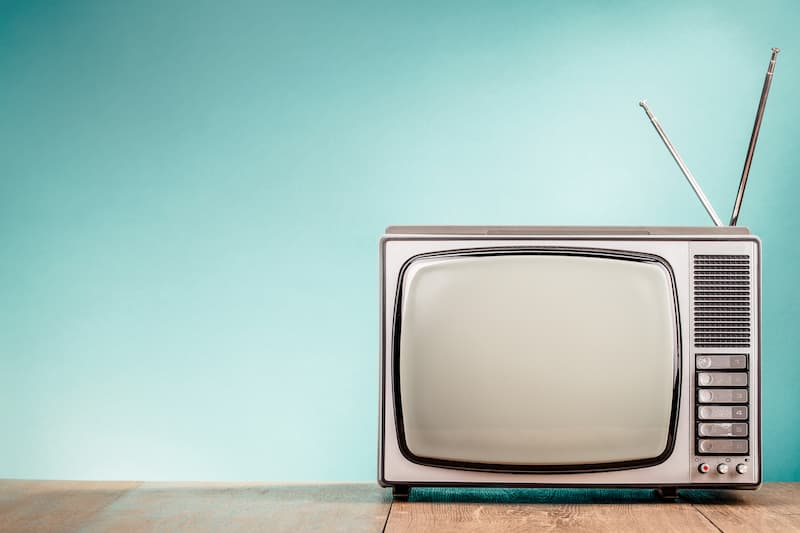
Unlike the TVs we have for sale today, the typical TV set in the 80s included a curved screen and dials to the side of the screen, usually above the speaker. Most of the time, the surroundings were grey, black or, for those looking to match their set with their wooden furniture, an oak brown. The screen sizes reached a maximum of 35 in the late 1980s, with the manufacturer Mitsubishi, but the quality of the picture was inferior compared to the resolutions available today.
TVs in the 90s
During the 90s, TV remotes became a more common accessory to TVs, allowing users to sit comfortably whilst still flicking through the many channels. This became necessary as TV services expanded due to the launch of subscription services like Sky TV, which offered hundreds of channels to access shows, movies and even radio worldwide.
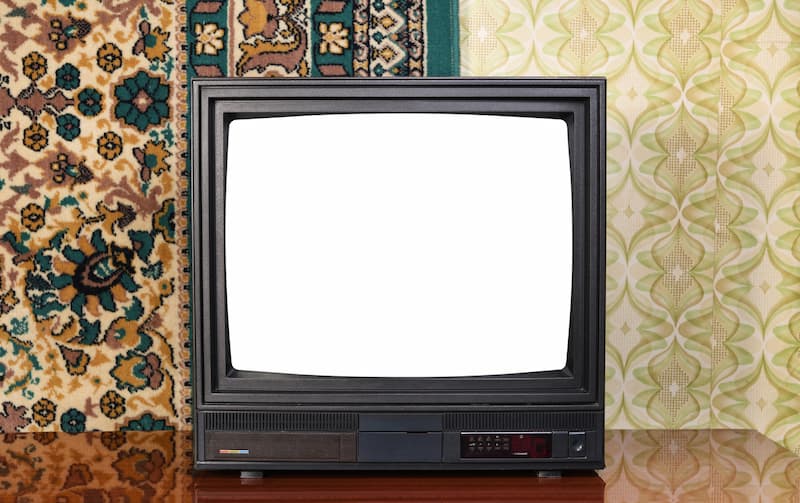
TV designs also became much more compact than in previous years, and the screens became as big as 56 inches, changing the format of TV shows from 4:3 to more widescreen broadcasting towards the late 90s. This allowed viewers to achieve a more cinematic experience when watching their favourite movies on VHS.
Many portable TVs also began including VHS integration to reduce the need for a separate machine. However, with DVDs being introduced to the UK in 1996, it was only a short time before video tapes would soon be phased out by something more compact.
TVs in the 2000s
The most significant developments in TVs came with the start of a new millennium. No longer were people seeking significant back devices. Instead, thanks to the introduction of flatscreen TVs in the late 90s, these became much more common and affordable for the average household. Although not quite the slimline design of the likes of our cheap OLED TVs, they saved significant space compared to their ancestors and eventually would progress into the lightweight designs we have today.
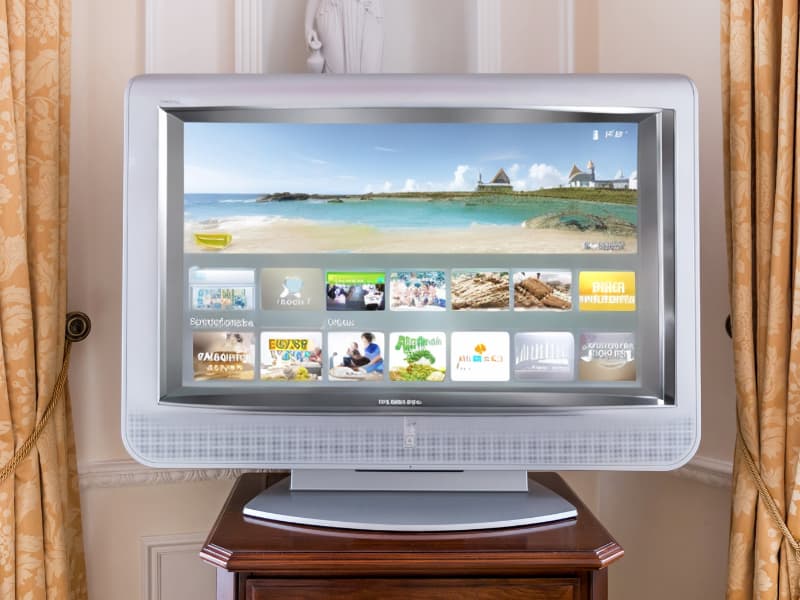
They used plasma technology as an alternative to the original LCD screens, which made the technology much more compact. However, this also made them much heavier and, most of the time required a specially designed frame for larger models. By the end of this decade, we also saw the switch from analogue broadcasting to digital, which allowed broader access to content and reduced the need for an aerial onboard to revive channels.
TVs from the 2010s
The 2010s witnessed remarkable advancements in TV technology that have transformed our viewing experience. One of the most significant leaps forward was the widespread adoption of 4K Ultra HD resolution. This incredible display technology delivers stunning picture quality with four times the resolution of Full HD, making our favourite shows and movies more lifelike than ever before. As a result, 4K TV deals have become increasingly popular among consumers looking for the best viewing experience.
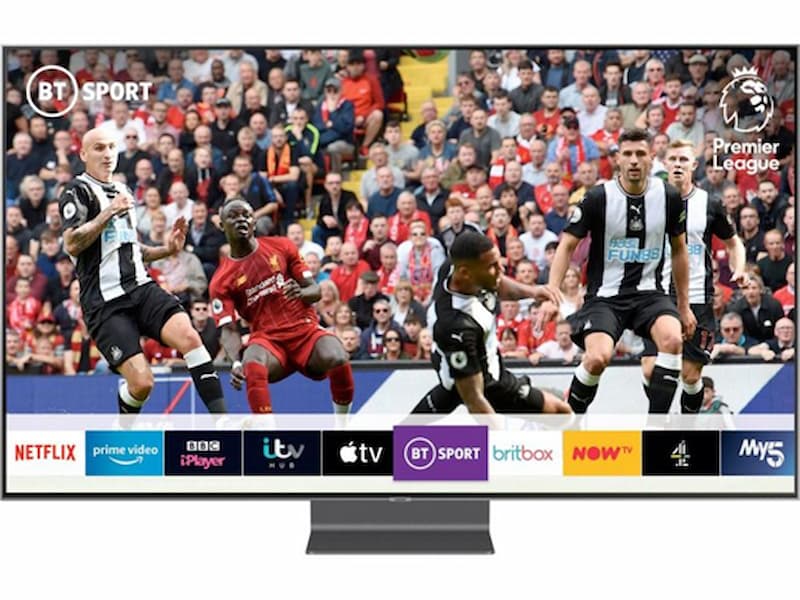
Another game-changing innovation was introducing OLED (Organic Light Emitting Diodes) displays. These ultra-thin screens offer superior contrast, vibrant colours, and faster refresh rates, taking our TV experience to a new level. And who can forget the rise of smart TVs? With built-in internet connectivity and app functionality, our TVs have become more than just a screen for watching shows; they’re now a hub for entertainment and information.
The Continuous Evolving Industry of Tech
The last 40 years have seen a remarkable transformation in TV designs, from bulky CRTs to sleek flat screens and from standard definition to stunning 4K Ultra HD resolution. As a trusted provider of cheap TV deals for over 26 years, Electronic World has been proud to be a part of this journey, offering our customers the best possible viewing experience at a fraction of the cost of high street retailers.
As technology evolves, we remain committed to providing you with the latest TV design and functionality innovations. For example, our cheap smart TVs can offer a range of functions to help you access content from all your streaming platforms, and our cheap QLED TVs offer some of the best image resolutions on the market.
So, why not explore our fantastic range of affordable, high-quality televisions and accessories today? Take a look through our online stock to discover the perfect TV that meets your needs and budget. Upgrade your viewing experience with Cheap LED TVs and stay ahead of the curve!


